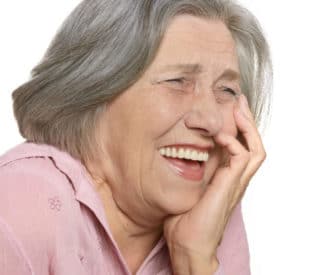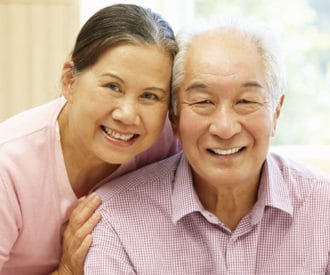
Rehab helps stroke survivors regain abilities
Rehabilitation and physical therapy help stroke survivors relearn skills that are lost when parts of their brain are damaged.
Rehab also teaches new ways of doing things to compensate for disabilities or create new brain pathways for that skill. For example, learning to coordinate leg muscles to walk or learning to dress with only one arm.
But the most important part of any rehab program is practice. Frequent, repeated exercise builds new brain pathways and strengthens and stretches damaged muscles.
To help older adults get more rehab practice, we found two at-home stroke therapy exercise videos created by physical therapists — free to watch on YouTube.
We explain how stroke disabilities affect people and give an overview of the two videos. One focuses on the affected arm and the other on lower body movements.
Stroke survivor disabilities are common
25% of stroke survivors end up with a minor disability and 40% have moderate-to-severe disabilities.
Survivors often have physical weakness, pain, and unusual muscle tightness.
These impairments can affect the ability to walk, to get up from a chair, to eat independently, to write, and many other everyday activities.
Two free at-home stroke therapy exercises
Exercising at home is a great way for older adults recovering from stroke to get more practice retraining their brain and moving their muscles.
Once they learn the simple moves, your older adult can do these exercises anytime.
Most importantly, start slowly and always check with their doctor or physical therapist first to make sure these exercises are safe for their specific health conditions.
1. Arm exercise
This simple, but effective arm exercise slowly builds strength and increases mobility in the arm affected by stroke. The exercise shows how to use the strong arm to help the weaker one.
2. Lower body exercise
These 3 lower body exercises help loosen tight muscle areas, strengthen muscles, and help bring the pelvis forward. Modify the level of difficulty to match your older adult’s current level of ability.
If their lower body is too weak right now to do these exercises independently, follow the tips on how to assist your older adult until they gain the strength to do them on their own.
Recommended for you:
- Dressing After Stroke: Tips to Regain Independence [Video]
- Tips for Communicating with Seniors Who Have Difficulty Speaking After Stroke [Infographic]
- TIA Is a Warning Sign of Stroke and Vascular Dementia
By DailyCaring Editorial Team
Image: Jogie’s Dojo
This article wasn’t sponsored and doesn’t contain affiliate links. For more information, see How We Make Money.
[optin-monster slug=”yxbytm35zhsdfopnw7qk”][optin-monster slug=”jvhyplxmb4umsjazxecn”]
About the Author

Connie Chow
Connie was a hands-on caregiver for her grandmother for 20 years. (Grandma made it to 101 years old!) She knows how challenging, overwhelming, and all-consuming caring for an older adult can be. She also knows how important support is — especially in the form of practical solutions, valuable resources, and self-care tips.




